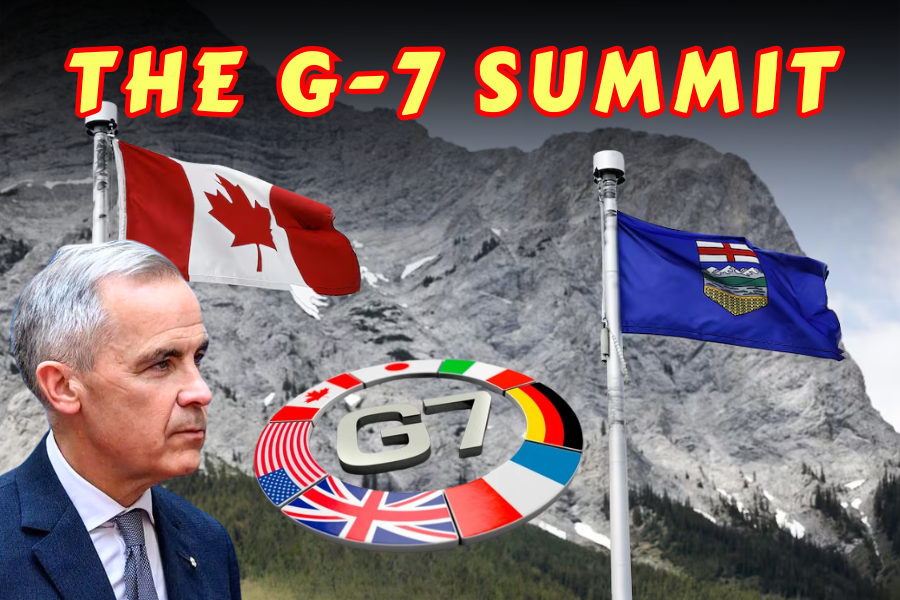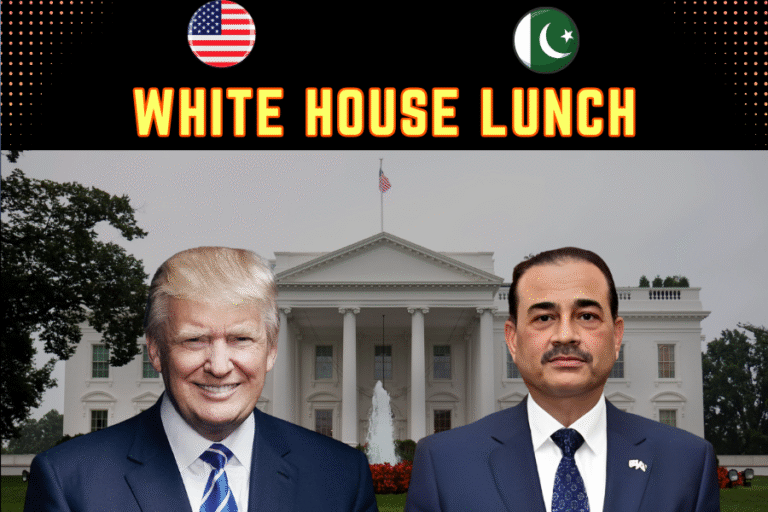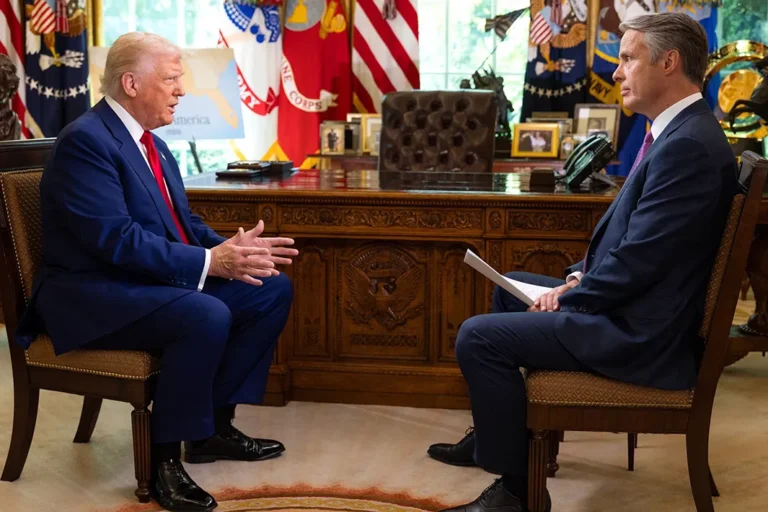(By Khalid Masood)
In June 2025, the snow-capped peaks of Calgary, Canada, framed a pivotal gathering of global leaders at the 51st G-7 Summit, a forum born from economic necessity yet tasked with navigating today’s geopolitical storms. The Group of Seven—comprising the United States, Canada, United Kingdom, France, Germany, Italy, Japan, and the European Union—has long served as a beacon of multilateralism, championing democracy, market economies, and the rule of law. The Calgary Summit, hosted under Canada’s presidency, stood as a crucible for addressing climate finance, artificial intelligence (AI) governance, economic resilience, and escalating tensions, notably the Israel-Iran conflict. Yet, it was shadowed by controversy, from the invitation of Indian Prime Minister Narendra Modi, criticized for democratic backsliding, to internal G-7 divisions over Middle East policy. From the ashes of the 1970s oil crisis to its role in a multipolar world, the G-7’s legacy is one of resilience and adaptation. This article traces its history, dissects its present, and charts its uncertain future, asking whether the G-7 can balance strategic interests with moral leadership in a fractured global order.
Introduction: A Summit at the Crossroads
The G-7 Summit, an annual conclave of the world’s leading industrialized democracies, is both a symbol of Western unity and a lightning rod for global scrutiny. The 2025 Summit in Calgary, Canada, held from June 15-17, marked a critical juncture as leaders grappled with a cascade of crises: economic volatility, climate urgency, AI’s disruptive rise, and the specter of regional conflicts, notably between Israel and Iran. Canada’s Prime Minister Mark Carney framed the summit as a call for “resilient futures,” emphasizing climate finance and global peace initiatives. Yet, the invitation of India’s Prime Minister Narendra Modi sparked outrage among human rights groups, who decried it as a “reward for authoritarianism” given India’s press freedom curbs and minority rights issues. The Israel-Iran conflict, intensified by Israel’s June 2025 airstrikes near Tehran, further tested the G-7’s diplomatic coherence, with the U.S.’s hardline stance clashing with the EU’s push for de-escalation. The Calgary Summit thus emerged as a litmus test for the G-7’s relevance in a world increasingly drawn to rival platforms like BRICS and the G-20.
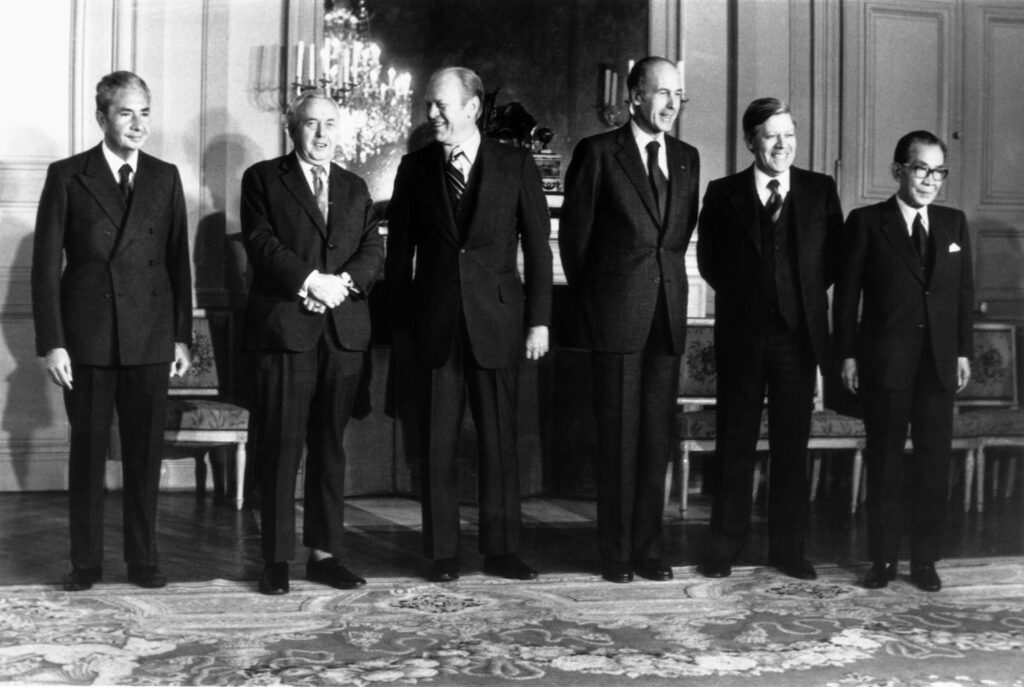
Historical Background: From Crisis to Coordination
The G-7’s origins lie in the turbulent 1970s, when the 1973 oil crisis and stagflation rocked global economies. In November 1975, France hosted the first summit at Rambouillet, uniting six industrialized nations—the United States, United Kingdom, France, Germany, Italy, and Japan—as the G-6 to coordinate economic policy. Canada joined in 1976, forming the G-7, and the European Community (now EU) became a non-enumerated participant in 1977. Russia’s inclusion in 1997 created the G-8, but its 2014 expulsion following the annexation of Crimea reverted the group to G-7. The core mission—harmonizing fiscal and trade policies among advanced economies—has since expanded to address global challenges, from climate change to conflict resolution. The G-7’s evolution reflects its adaptability, yet its Western-centric roots fuel perceptions of elitism, a critique amplified in 2025 as the Global South demands greater voice.
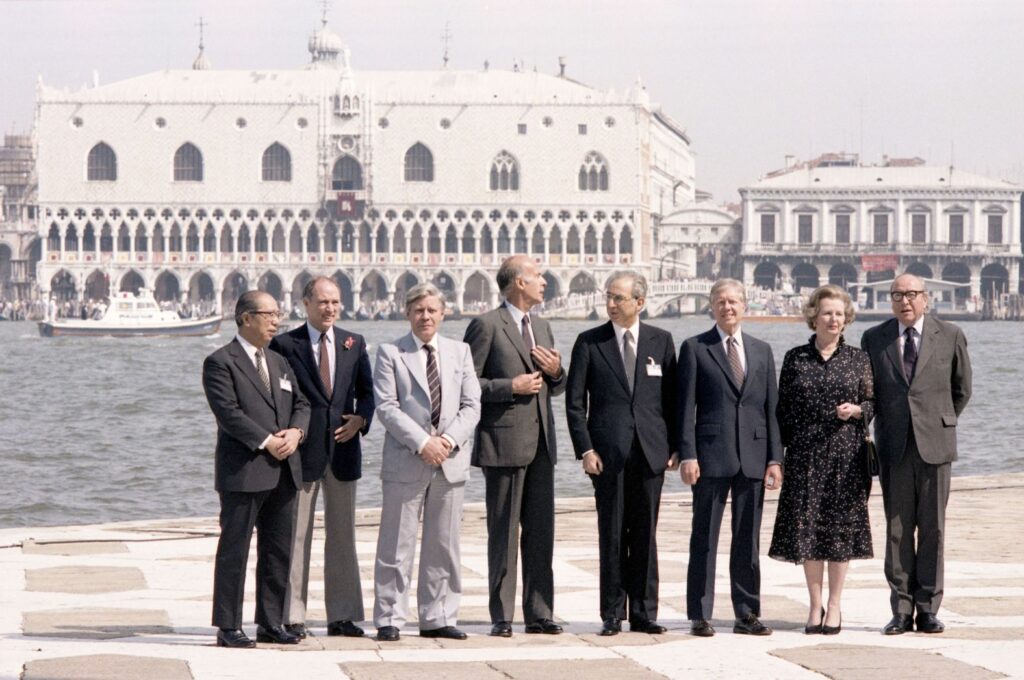
Membership: Unity in Diversity
The G-7 comprises seven nations—United States, Canada, United Kingdom, France, Germany, Italy, and Japan—plus the European Union, representing 40% of global GDP and 10% of the world’s population. Bound by shared values of democracy, market economies, and the rule of law, these members navigate divergent priorities: the U.S. emphasizes security, Japan focuses on Indo-Pacific stability, and the EU champions climate action. Despite tensions, such as U.S.-EU trade disputes or Germany’s reluctance on military spending, their commitment to multilateralism endures. The EU’s unique role, representing 27 nations, adds diplomatic weight but complicates consensus.
Structure and Functioning: A Forum of Influence
The G-7 operates through a rotating presidency, with Canada hosting in 2025. The annual summit, attended by heads of state or government, sets the agenda, while ministerial meetings—on finance, health, or foreign affairs—drive year-round coordination. Decisions, though non-binding, wield significant influence, shaping global norms like climate targets or sanctions regimes. Canada’s 2025 presidency prioritized climate finance, AI governance, and peace initiatives, hosting leaders at Calgary’s Telus Convention Centre. Sherpas, senior diplomats who negotiate communiqués, ensure continuity, though internal divisions, such as U.S.-EU splits over Iran, often dilute outcomes. The G-7’s informal structure allows flexibility but risks being overshadowed by the G-20’s broader membership, a challenge evident in Calgary’s debates over global representation.
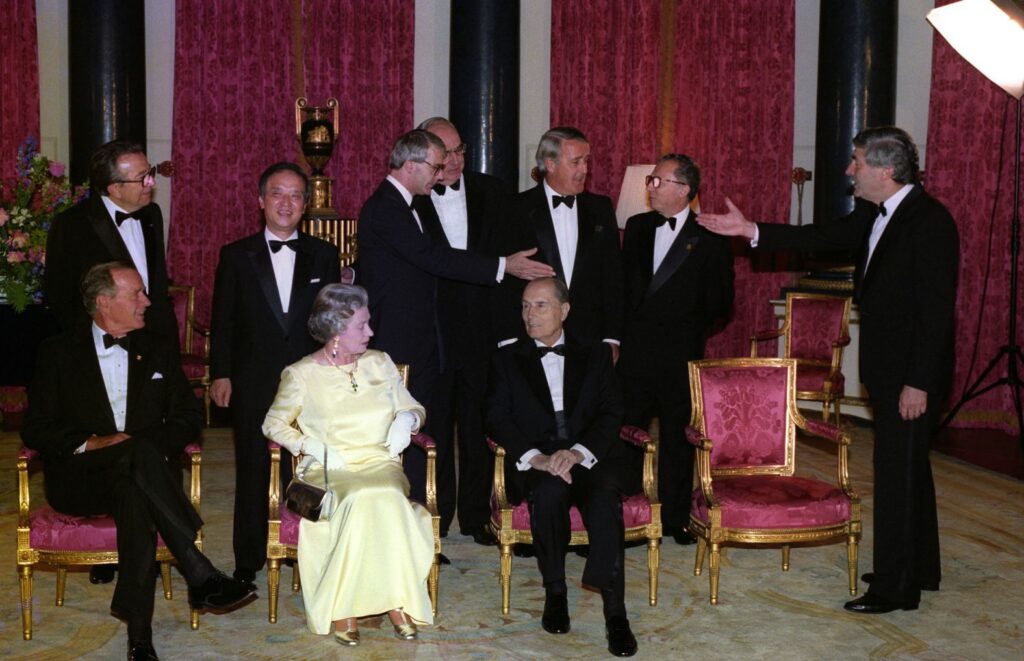
Key Focus Areas: From Economics to Global Governance
Over five decades, the G-7 has tackled diverse issues: economic stability, climate change, global health, poverty reduction, technological innovation, and security. Early summits focused on exchange rates and trade liberalization, evolving to address HIV/AIDS in the 1990s, Ebola in 2014, and COVID-19 in 2020. Climate commitments, like the 2015 Elmau Summit’s decarbonization pledge, remain central, though delivery lags. The G-7 has also confronted geopolitical crises, from Russia’s 2014 Crimea annexation to the 2022 Ukraine invasion, and now the Israel-Iran conflict, where 2025 discussions aimed to curb escalation. Emerging priorities include AI regulation, with Japan’s 2023 Hiroshima Summit laying groundwork, and countering China’s Belt and Road via the Partnership for Global Infrastructure and Investment (PGII). Human rights and gender equality, championed at Canada’s 2018 Charlevoix Summit, persist, though Modi’s 2025 invitation raised questions about consistency. web:0,10,13post:5
Notable Achievements: A Legacy of Impact
The G-7’s achievements, while uneven, are substantial. The Heavily Indebted Poor Countries (HIPC) initiative, launched in 1996, relieved $100 billion in debt for 36 nations, bolstering development. The 2002 Kananaskis Summit pledged $20 billion to the Global Fund to Fight AIDS, Tuberculosis, and Malaria, saving millions of lives. Climate pledges, like the 2015 Elmau commitment to limit warming to 2°C, shaped the Paris Agreement. The G-7’s COVAX support in 2021 delivered 1 billion COVID-19 vaccine doses to low-income countries, though critics noted delays. Collective sanctions on Russia post-2014 and 2022 showcased unity, while the 2021 PGII pledged $600 billion to rival China’s infrastructure push. These successes, however, are tempered by unmet aid targets and the G-7’s limited sway in Middle Eastern conflicts, as seen in its muted response to Israel’s 2024 Damascus strike.
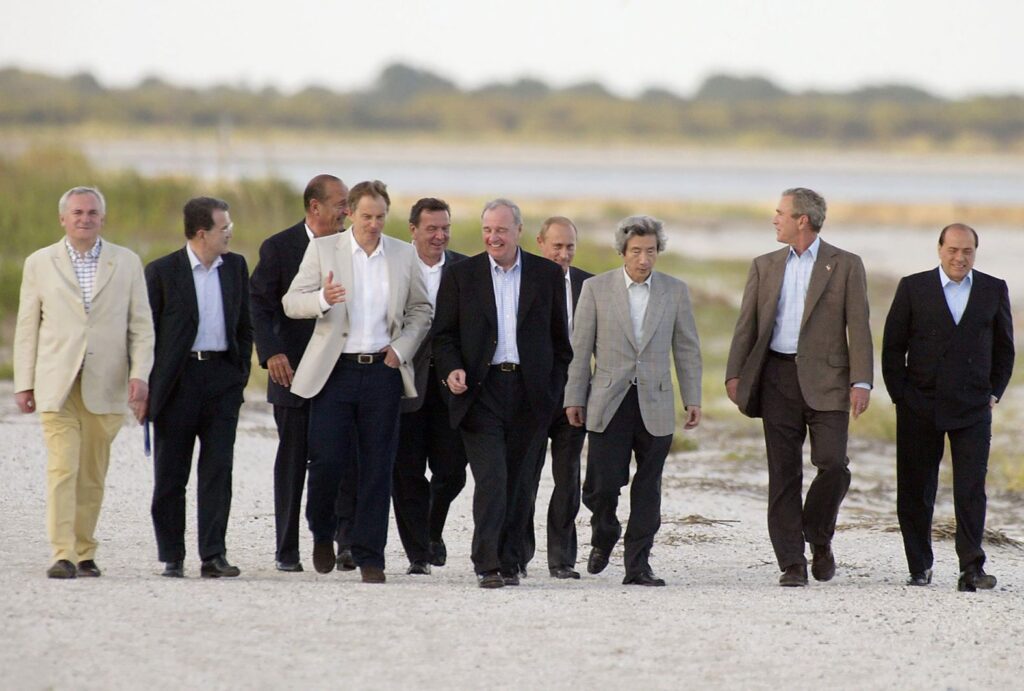
Recent Summits: Trends and Highlights
Recent G-7 Summits reflect shifting global priorities. The 2021 UK Summit in Cornwall championed “Build Back Better” post-COVID, focusing on vaccine equity. Germany’s 2022 Elmau Summit unified leaders against Russia’s Ukraine invasion, addressing food security amid grain blockades. Japan’s 2023 Hiroshima Summit emphasized Indo-Pacific stability and AI ethics, spurred by China’s assertiveness. Italy’s 2024 Borgo Egnazia Summit tackled migration, climate, and African partnerships, launching the Mattei Plan. The 2025 Calgary Summit prioritized climate finance, aiming for $100 billion annually for developing nations, AI governance frameworks, and economic resilience against supply chain shocks. Modi’s invitation, however, drew protests from Amnesty International, citing India’s 2024 press freedom rank (150/180). The Israel-Iran conflict, with Israel’s June 2025 Tehran strikes killing civilians, dominated discussions, though U.S. support for Israel clashed with EU calls for diplomacy, per Reuters.
The Calgary Summit: A Diplomatic Crucible
The 2025 Calgary Summit unfolded against a backdrop of global turbulence. Canada’s agenda—climate finance, AI regulation, and peace initiatives—was ambitious, with Mark Carney announcing a $5 billion contribution to the Green Climate Fund. The AI Governance Charter, building on Japan’s 2023 framework, proposed ethical guidelines for AI deployment, though U.S.-China tech rivalries hindered consensus. On Israel-Iran, the G-7 issued a communiqué urging “restraint and de-escalation,” but internal rifts persisted: the U.S. defended Israel’s “preemptive” strikes, while France and Germany pushed for UN-led talks. Modi’s presence, justified by Canada as “strategic engagement” with the Indo-Pacific, sparked protests in Calgary, with 500 activists decrying India’s minority rights record. Despite tensions, the summit secured $20 billion for Ukraine’s reconstruction, signaling continued resolve.

Criticisms and Challenges: A Club Under Scrutiny
The G-7 faces persistent criticism for its exclusivity and inefficacy. Its lack of Global South representation—Africa, Latin America, and most of Asia are absent—fuels perceptions of elitism, a charge amplified by Modi’s 2025 invitation, seen as prioritizing geopolitics over values. Climate pledges, like the 2009 $100 billion annual target, remain unfulfilled, with only $81.6 billion delivered by 2022. Internal divisions, such as U.S.-EU splits over Iran or Germany’s cautious China policy, weaken cohesion. The G-7’s limited influence in Middle Eastern conflicts, exemplified by its inability to curb Israel’s 2024-2025 strikes on Iran, underscores its diplomatic constraints. Competition from BRICS and the G-20, which include China and India, challenges the G-7’s relevance, with experts noting BRICS’ growing economic clout. Accusations of double standards—embracing Modi while condemning Belarus’ Lukashenko—further erode credibility, demanding reform to restore trust.
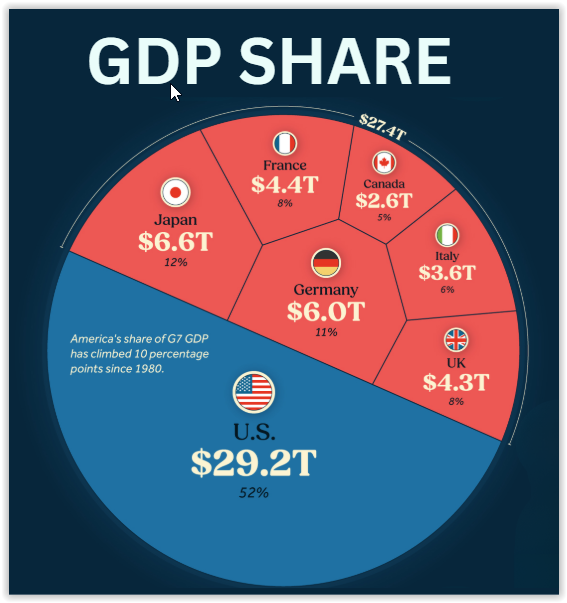
G-7 vs. G-20 vs. BRICS: A Shifting Landscape
The G-7, G-20, and BRICS represent distinct yet overlapping platforms. The G-7, with its $50 trillion combined GDP, focuses on democratic alignment and norm-setting, but its 10% global population share limits its scope. The G-20, encompassing 85% of global GDP and 60% of the population, including China and India, addresses broader economic issues but lacks the G-7’s ideological cohesion. BRICS (Brazil, Russia, India, China, South Africa, plus new members like Iran), with 30% of global GDP, champions a multipolar order, challenging Western dominance. The G-7’s PGII counters BRICS’ Belt and Road, but BRICS’ expansion, noted in 2024, signals growing influence. The G-7 and G-20 are complementary—the G-7 sets agendas the G-20 amplifies—but BRICS’ rise, as seen in its 2024 Kazan Summit, poses a competitive threat. The G-7’s response, via outreach to India and Africa in 2025, aims to bridge divides but risks diluting its democratic ethos.

The Future of G-7: Navigating a Multipolar World
The G-7’s future hinges on reform and relevance. Expanding G-7+ outreach, as seen with India’s 2025 invitation, seeks to engage emerging powers, but risks alienating core values, as Amnesty’s protests underscored. Reforming decision-making to amplify EU and Japanese voices could balance U.S. dominance. Navigating a multipolar world requires addressing climate, AI, and conflicts like Israel-Iran or China-Taiwan, where the G-7’s diplomatic role is limited but symbolic. The Calgary Summit’s AI Charter and Ukraine funding signal proactive steps, but unresolved Middle East tensions highlight constraints. Modi’s invitation, while strategic, may dent credibility if human rights are sidelined. By shaping norms—on trade, tech, or peace—the G-7 can remain a global steward, but only if it bridges the Global South divide and delivers on pledges.

Conclusion: A Legacy Tested, A Path Forward
The G-7’s legacy, forged in economic crises and tempered by global challenges, is one of resilience but not infallibility. From debt relief to vaccine equity, its achievements reflect a commitment to collective action, yet its exclusivity and unmet promises invite skepticism. The 2025 Calgary Summit, with its bold agenda and fraught controversies, encapsulated this duality: a platform for leadership shadowed by accusations of hypocrisy. As BRICS and the G-20 gain ground, the G-7 must walk a fine line between strategic pragmatism—engaging leaders like Modi—and moral leadership, upholding democracy and justice. The Israel-Iran conflict, unresolved in Calgary, underscores the limits of influence, yet the G-7’s call for de-escalation offers hope. Looking ahead, the G-7 can shape a multipolar, digital, and climate-challenged world, but only by embracing inclusivity and accountability. Its road ahead is uncertain, but its resolve to lead remains a beacon for global governance.

